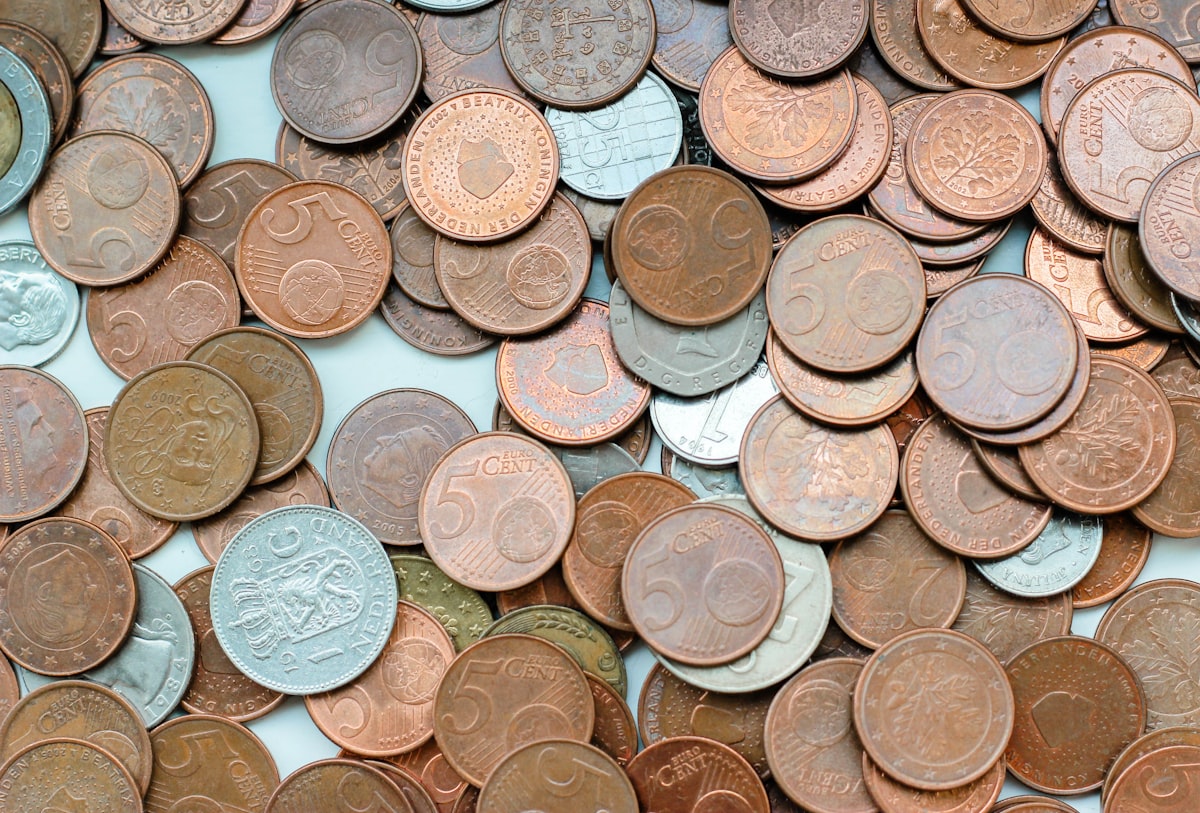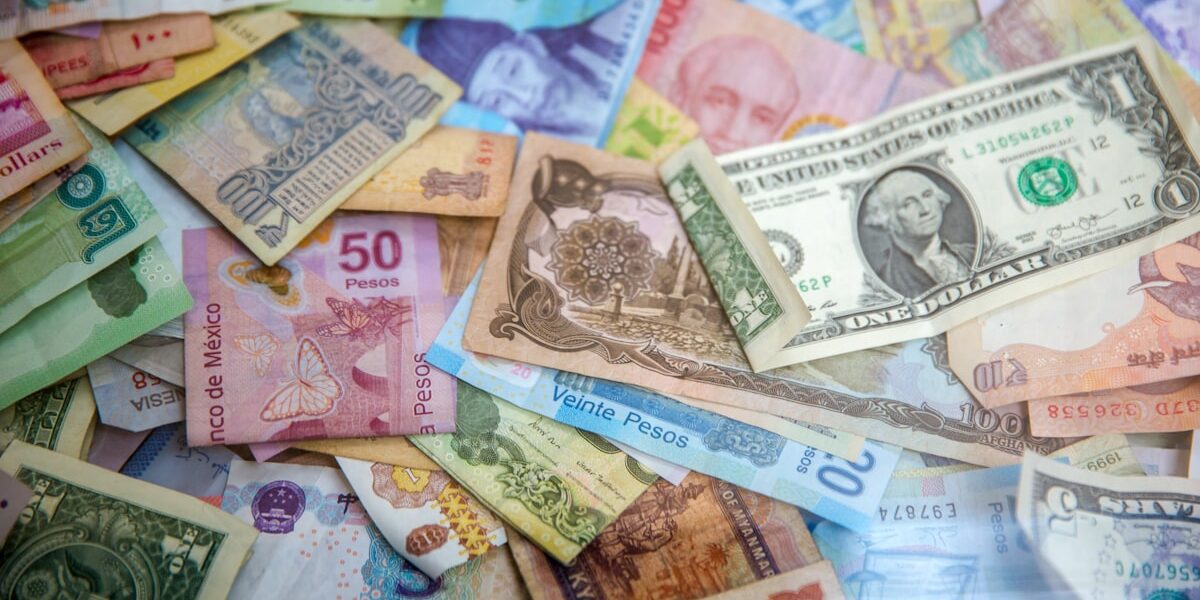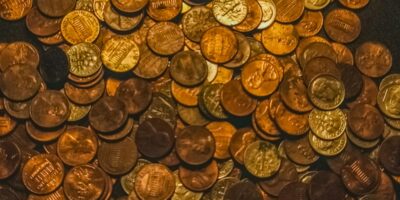Coins Wanted by Collectors
Coin collecting, also known as numismatics, is a fascinating hobby with deep historical roots. Enthusiasts around the world are drawn to the intricate details and stories behind each piece of currency. Some coins hold a special allure due to their rarity, historical significance, or unique design. Here, we explore coins most sought after by collectors.
1794 Flowing Hair Silver Dollar

The 1794 Flowing Hair silver dollar holds a special place in American numismatics. Believed to be the first dollar coin struck by the United States Mint, it features Lady Liberty with flowing hair on the obverse. On the reverse, there is a small eagle surrounded by a wreath. No more than 1,758 were minted, and far fewer exist today. This scarcity makes it one of the most coveted coins.
1804 Silver Dollar
Known as The King of American Coins, the 1804 Silver Dollar is famed for its rarity and the mystery surrounding its origins. Though dated 1804, these dollars were minted much later, between 1834 and 1835, for use in diplomatic gifts. A mere 15 specimens are known to be in existence, making it a core holy grail for numismatists.
Indian Head Penny (1859-1909)
While many are common, some Indian Head pennies stand out due to low mintage numbers or errors. Particularly noteworthy issues include the 1877 Indian Head penny, with one of the lowest mintages of all pennies, and the 1909-S Indian Head penny, the rarest from the final year of issue. Collectors seek these due to their scarcity and storied history as part of America’s transition from cents to pennies.
1943 Lincoln Steel Penny
During World War II, copper was needed for wartime production, leading the U.S. Mint to produce pennies from steel coated with zinc. This resulted in the 1943 steel penny, quite distinct from the traditional copper penny. Although hundreds of millions were struck, their unique composition has made them interesting collectibles. Additionally, a rare few 1943 pennies were accidentally struck in copper, which are extremely valuable.
2004 Wisconsin Extra Leaf Quarter
Part of the 50 State Quarters series, the Wisconsin Extra Leaf quarter gained attention due to a minting error. Coins were discovered with an additional leaf on the corn stalk, both above and below the prominence seen in the standard design. These error coins are highly prized due to the rarity and peculiarity of the mistake.
Draped Bust Dimes (1796-1807)
Draped Bust dimes, minted from 1796 to 1807, are among the earliest dimes produced by the U.S. Mint. Their designs and low mintage make them highly desirable. Especially sought after are the 1796 and 1797 dimes, as well as some varieties with smaller mintages or unique design aspects. As early forms of U.S. currency, they represent significant pieces of American monetary history.
Chinese Pandas
Modern coins also hold interest in the numismatic world. Chinese Panda coins, first issued in 1982, have become popular among collectors. Each year features a slightly different Panda design, and some issues have special variants that increase their value. Despite their modernity, these coins have built a strong collector base worldwide.
1808 Turban Head Half Eagle
The 1808 Turban Head Half Eagle, a gold coin minted in the early 19th century, is another high-value piece. With only a limited number produced, and fewer surviving, these coins are rare. The early American gold coins are significant due to their role in establishing a stable monetary system in the U.S. These particular coins are often pursued due to their beauty and historical context.
British Queen Victoria 1839 Una and the Lion Five-Pound Gold Piece
This British coin, designed by William Wyon, is a masterpiece of numismatic art. Featuring Queen Victoria as Lady Una directing the British lion, the intricate detail and exceptional design of this gold piece make it a treasure in the coin collecting world. Produced in limited quantities, it stands out due to both its aesthetic appeal and increasing historical value.
1913 Liberty Head Nickel
The 1913 Liberty Head Nickel is shrouded in mystery, as it should not technically exist. Only five are confirmed to have been minted. Unauthorized by the Mint, they represent a unique mix of intrigue and rarity. These nickels command high values, partly due to the legend surrounding their creation and the few recorded examples.
Saint-Gaudens Double Eagles
Considered one of the most beautiful American coins ever made, the Saint-Gaudens double eagle was minted from 1907 to 1933. The $20 gold coin, designed by Augustus Saint-Gaudens, is notable for its striking depiction of Liberty and an eagle in flight. The original 1907 version, with ultra-high relief, is especially sought after and valued.
1793 Chain Cent
The first official coins of the United States, the 1793 Chain cents are known for their primitive design, showing a chain on the reverse surrounding the words One Cent. Collectors are drawn to these coins due to their historical significance as the start of federal coinage. Many are also interested in varieties within the 1793 minting as different die types were used.
1916-D Mercury Dime
The 1916-D Mercury dime stands out in the series designed by Adolph A. Weinman, having the lowest mintage of its kind. With fewer than 300,000 produced, it’s a key piece for enthusiasts and highlights the artistry of early 20th-century designs. It’s also notable for the transition to a more symbolic representation of Liberty with the winged cap.
Susan B. Anthony Dollar (1979-1981)
Issued between 1979 and 1981, and again in 1999, the Susan B. Anthony dollar saw limited acceptance in circulation. Despite this, certain versions, particularly those minted in San Francisco with proof finishes, are sought after. Collectors interested in modern U.S. coinage find the short run and specific mint marks particularly compelling.
Elizabeth II Gold Sovereign
Gold sovereigns featuring Queen Elizabeth II remain a staple in British and Commonwealth coin collections. Notably, the 1953 Coronation Gold Sovereigns are in demand due to their historical significance and limited mintage. These coins strike a balance between a vivid depiction of the monarch and the global esteem for sovereign gold.
Key Considerations for Collectors
- Rarity and Minting Errors: Unique mistakes or limited runs often capture attention.
- Historical Significance: Coins tied to key events are highly prized.
- Design and Artistry: Aesthetic appeal can greatly influence a coin’s desirability.
- Condition: The state of preservation, or grade, effectively determines a coin’s market value.
Numismatics is an ever-evolving field, with new discoveries and trends. Coins, beyond their face value, offer a tangible connection to the past and a beautiful art form. Whether ancient or modern, the allure for collectors lies in the stories these small pieces of metal can tell.
Recommended Collecting Supplies
Coin Collection Book Holder Album – $9.99
312 pockets for coins of all sizes.
20x Magnifier Jewelry Loupe – $13.99
Essential tool for examining coins and stamps.
As an Amazon Associate, we earn from qualifying purchases.




Subscribe for Updates
Get the latest articles delivered to your inbox.
We respect your privacy. Unsubscribe anytime.